EN / GR
The subject of the current master thesis is the design of a temporary residency building, a shelter of tourism dwelling. The scheduled mutations of the touristic typology are being researched in the environment of the spared connectivity both in informative and communicative form. The role of the landscape (definitive, spatial, cultural) , within a spatial condition of decreased urbanism in which the countryside prevails , as well as the meaning of time , form major aspects that determine the synthesis and become tools in the redefinition of the touristic dwelling. Tourism becomes the means in order to investigate the meaning of the term “dwelling” in a period of time where the need of permanence declines.
Even if every architectural work is landscape-related, as it reforms landscape and reinsert meaning, however the relation of the specific project and the landscape becomes that crucial that it defines it in the end. The building refers to the earth, becomes a unity with it. Its relation with the ground and the landscape is not controversial, but complementary. Ground itself becomes a matter of design and is characterized by porosity.
Architecture organically grows into its cavities becoming that way part of the landscape.
At first sight, the building states its existence but remains unknown. Its view consists only one snapshot of an experience that arises from the combination of partial images. The perception of the building presupposes time and time exceeds the experience. The movement in the space, resulting from the osmosis of architecture and landscape, follows a process of submersion in the ground and emerging again to the surface. Successive images of the interior complete the `mental map` and the impression of the building and the landscape at the same time.
A characteristic of the site is the presence of three ruins. Ruins establish a “field of meanings” around them. They ingrain time in space, while at the same time they form the landscape in a nearly natural way. However, ridded of meanings, they remain a spatial fact. As such, they are viable to accept new interventions in that place and await to re- engulf human activity.
Light is the secret ingredient of the landscape, as it brings out its characteristics and allows the emergence of meanings from matter.
The ruin is declared as such because the light reveals its materiality and geometry, witnessing the course of time. Its spatial preform (figure) and more precisely the way this is manifested by the effect of light – shadow – `contains` two spatial conditions which remain inactive. What shadow reveals about the space is re-arranged and creates new spatial entities. It forms impositions and engravings on the landscape. New volumes emerge from the ground while the removal of parts of the ground creates “enclaves” of inhabiting landscape. The building consists an organism that emerges in certain occasions. Impositions and engravings compose a spatial experience which is completed by the inhabitation of the place itself.
Facts & Credits:
Thesis
Title: Inhabited tourism landscape
Student: Natassa Kallou (scholar of Onassis Foundation)
School / Department: University of Thessaly – Department of Architecture – Postgraduate Program: “Instead / Parapoesis”
Supervisor: Costis Paniyiris
Date: March 2016
ΚΑΤΟΙΚΗΜΕΝΟ ΤΟΠΙΟ ΤΟΥΡΙΣΜΟΥ
Αντικείμενο αυτής της μελέτης είναι ο σχεδιασμός ενός κτηρίου προσωρινής διαμονής, ενός καταλύματος τουριστικής κατοίκησης. Διερευνώνται οι προγραμματικές μεταλλάξεις της τουριστικής τυπολογίας στο περιβάλλον της διάχυτης συνδεσιμότητας- πληροφοριακής και επικοινωνιακής. Ο ρόλος του τοπίου (εννοιολογικά, χωρικά, πολιτισμικά), σε μία χωρική συνθήκη μειωμένης αστικότητας όπου η ύπαιθρος υπερισχύει, όπως επίσης και η έννοια του χρόνου εν γένει, αποτελούν βασικούς παράγοντες που καθορίζουν τη σύνθεση και γίνονται εργαλεία στον επαναπροσδιορισμό της τουριστικής κατοίκησης. Ο τουρισμός γίνεται το μέσο ώστε να διερευνηθεί η ευρύτητα της έννοιας της κατοίκησης σε μία περίοδο που η ανάγκη για μονιμότητα φθίνει.
Μπορεί κάθε αρχιτεκτονική επέμβαση να είναι τοπιακή, με την έννοια ότι διαμορφώνει εκ νέου το τοπίο και το επανανοηματοδοτεί, ωστόσο η σχέση της προτεινόμενης επέμβασης με το τοπίο αποκτά βαρύτητα τέτοια που τελικά να την καθορίζει. Το κτίριο αναφέρεται στη γη, γίνεται ένα με αυτή. Η σχέση με το έδαφος και το τοπίο δεν είναι μία σχέση αντιφατική, αλλά αλληλοσυμπληρούμενη.
Το ίδιο το έδαφος γίνεται αντικείμενο σχεδιασμού, στο οποίο προσδίδεται η ιδιότητα του πορώδους. Στις κοιλότητές του αναπτύσσεται οργανικά η αρχιτεκτονική και γίνεται έτσι μέρος του. Εκ πρώτης όψεως, το κτήριο δηλώνει την ύπαρξή του αλλά παραμένει άγνωστο. Η θέασή του αποτελεί ένα μόνο στιγμιότυπο μιας εμπειρίας που προκύπτει από τη σύνθεση αποσπασματικών εικόνων. Η αντίληψη του κτιρίου προϋποθέτει χρόνο και ο χρόνος εντείνει την εμπειρία. Η κίνηση στο χώρο που προκύπτει από την ώσμωση τοπίου και αρχιτεκτονικής, ακολουθεί μία διαδικασία βύθισης μέσα στη γη και εν νέου ανάδυσης στην επιφάνεια. Οι διαδοχικές εικόνες από το εσωτερικό συμπληρώνουν το ‘νοητικό χάρτη’ και την εντύπωση του κτιρίου, αλλά και του τοπίου την ίδια στιγμή.
Χαρακτηριστικό της περιοχής επέμβασης αποτελεί η ύπαρξη τριών ερειπίων. Τα ερείπια δημιουργούν ένα «πεδίο» νοημάτων γύρω τους. Εμβολιάζουν το χώρο με χρόνο και ταυτόχρονα διαμορφώνουν το τοπίο με τρόπο σχεδόν φυσικό. Απαλλαγμένα από τα νοήματα, ωστόσο, παραμένουν ένα χωρικό γεγονός. Ως τέτοια δύνανται να υποδεχτούν κάθε νέα επέμβαση στο συγκεκριμένο τόπο και να εγκολπώσουν εκ νέου την ανθρώπινη δραστηριότητα. Το φως είναι το κρυφό συστατικό του τοπίου, καθώς είναι αυτό που αναδεικνύει τα χαρακτηριστικά του και επιτρέπει την ανάδυση νοημάτων από την ύλη. Το ερείπιο δηλώνεται ως τέτοιο γιατί το φως αναδεικνύει την υλικότητα και τη γεωμετρία του, μαρτυρώντας την πορεία του χρόνου.
Το χωρικό του μόρφωμα και για την ακρίβεια ο τρόπος που αυτό φανερώνεται από την επίδραση του φωτός – τη σκιά – ‘εμπεριέχει’ δύο χωρικές συνθήκες που παραμένουν ανενεργές. Όσα μαρτυρά η σκιά για το χώρο ταξινομείται εκ νέου και γεννά νέες χωρικές οντότητες. Διαμορφώνει επιθέσεις και εγχαράξεις πάνω στο τοπίο. Νέοι όγκοι αναδύονται από το έδαφος και η αφαίρεση τμημάτων του εδάφους δημιουργεί θύλακες κατοίκησης στο τοπίο. Το κτίριο προκύπτει σαν ένας οργανισμός που αναφύεται σημειακά, με τις «εγχαράξεις» και τις «επιθέσεις» να συνθέτουν μία ενιαία χωρική εμπειρία που ολοκληρώνεται μέσα από την κατοίκηση του ίδιου το τόπου.
Στοιχεία:
Πτυχιακή εργασία
Τίτλος: Κατοικημένο τοπίο τουρισμού
Φοιτήτρια: Νατάσα Κάλλου (υπότροφος του Ιδρύματος Ωνάση)
Σχολή/Τμήμα: Πανεπιστήμιο Θεσσαλίας – Τμήμα Αρχιτεκτόνων Μηχανικών – ΠΜΣ ‘’INSTEAD / Παραποιήσεις’’
Επιβλέπων Καθηγητής: Κωστής Πανηγύρης
Ημερομηνία: Μάρτιος 2016
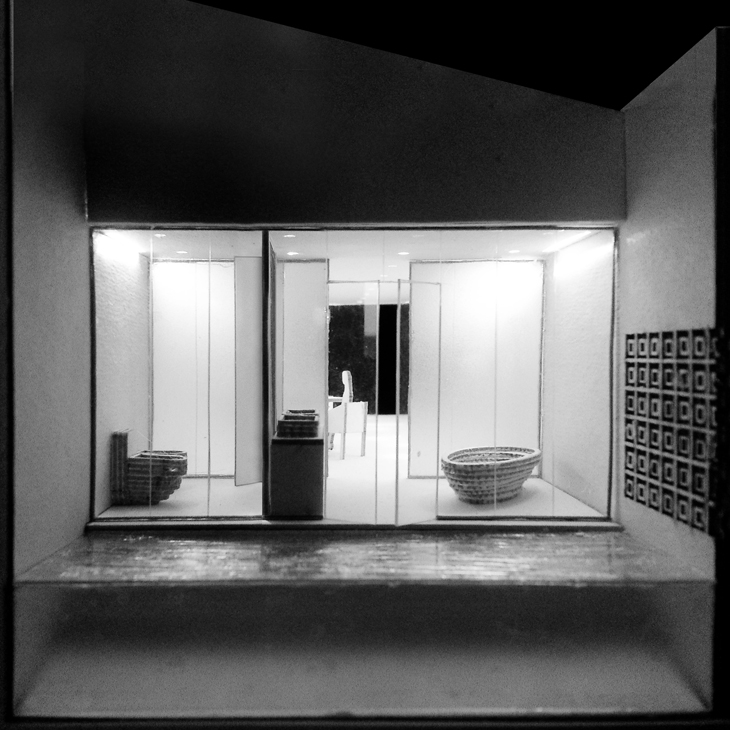 INHABITED TOURISM LANDSCAPE / NATASSA KALLOU
INHABITED TOURISM LANDSCAPE / NATASSA KALLOU 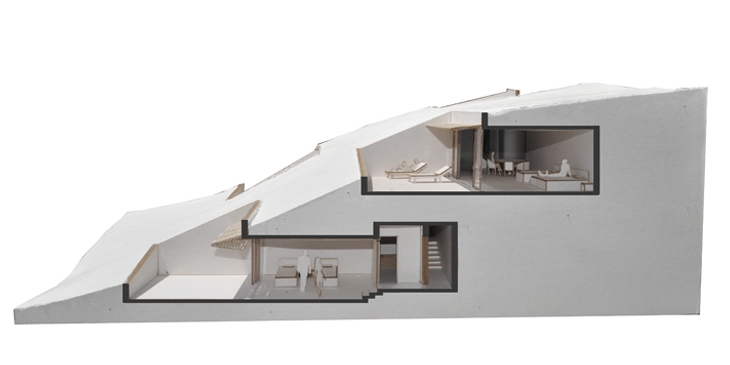 INHABITED TOURISM LANDSCAPE / NATASSA KALLOU
INHABITED TOURISM LANDSCAPE / NATASSA KALLOU 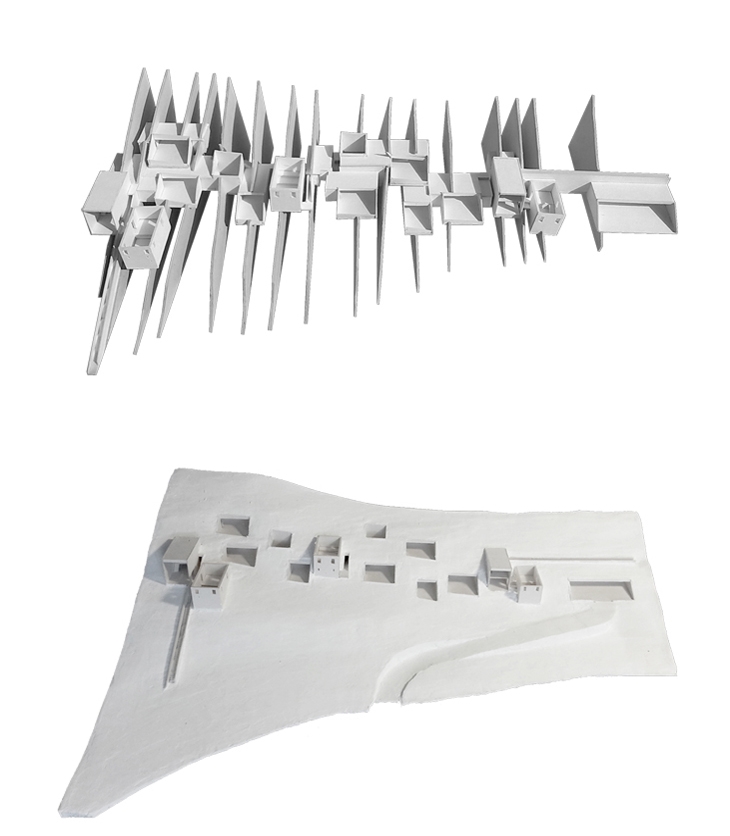 INHABITED TOURISM LANDSCAPE / NATASSA KALLOU
INHABITED TOURISM LANDSCAPE / NATASSA KALLOU 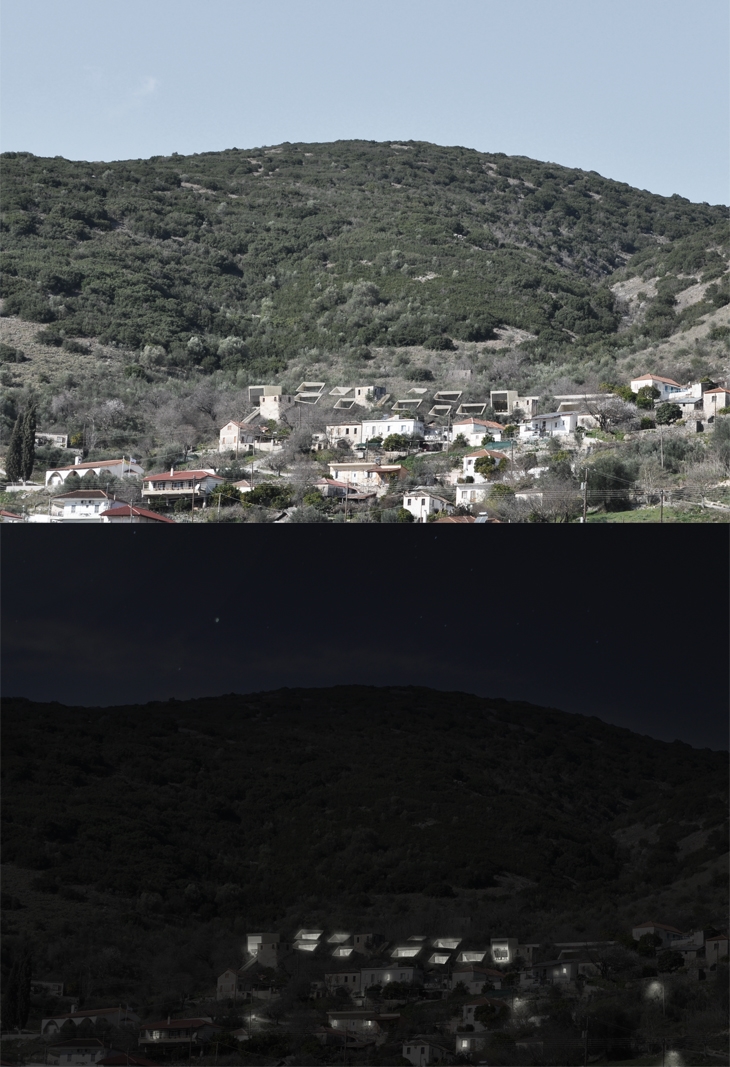 INHABITED TOURISM LANDSCAPE / NATASSA KALLOU
INHABITED TOURISM LANDSCAPE / NATASSA KALLOU 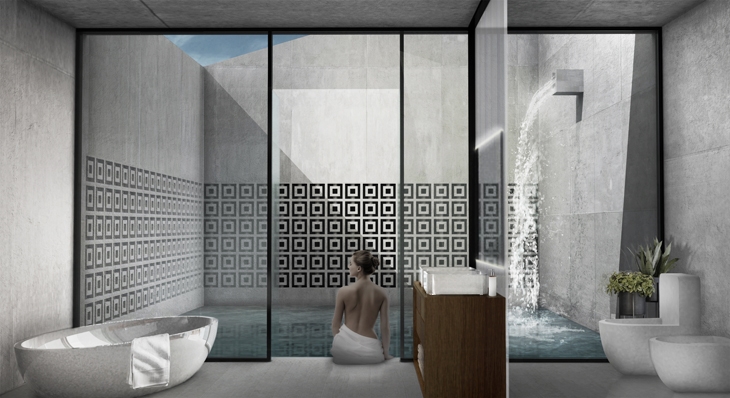 INHABITED TOURISM LANDSCAPE / NATASSA KALLOU
INHABITED TOURISM LANDSCAPE / NATASSA KALLOU 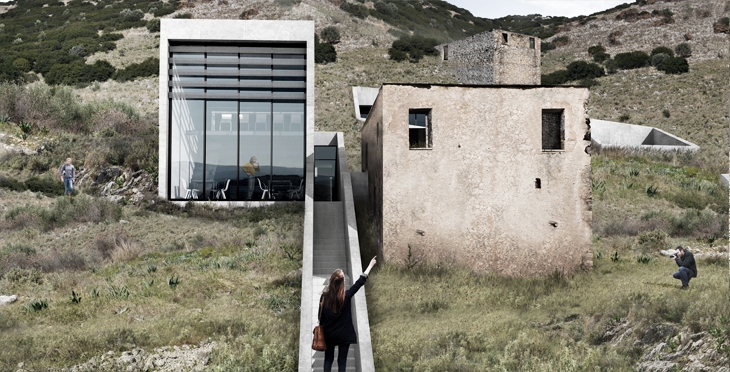 INHABITED TOURISM LANDSCAPE / NATASSA KALLOU
INHABITED TOURISM LANDSCAPE / NATASSA KALLOU 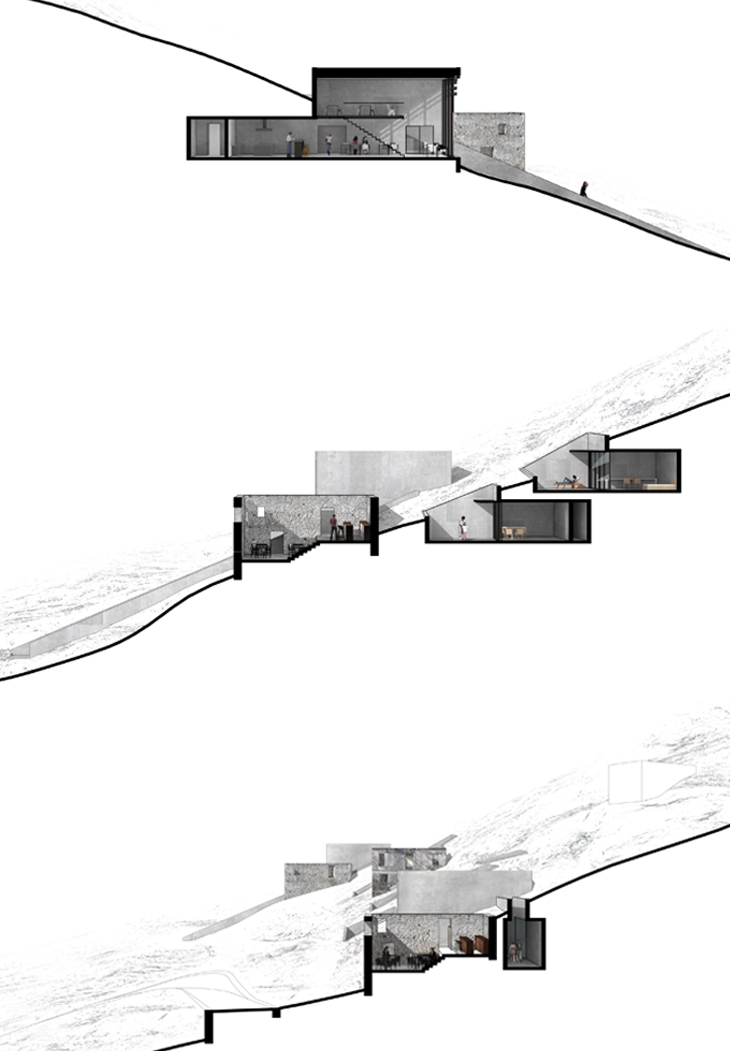 INHABITED TOURISM LANDSCAPE / NATASSA KALLOU
INHABITED TOURISM LANDSCAPE / NATASSA KALLOU 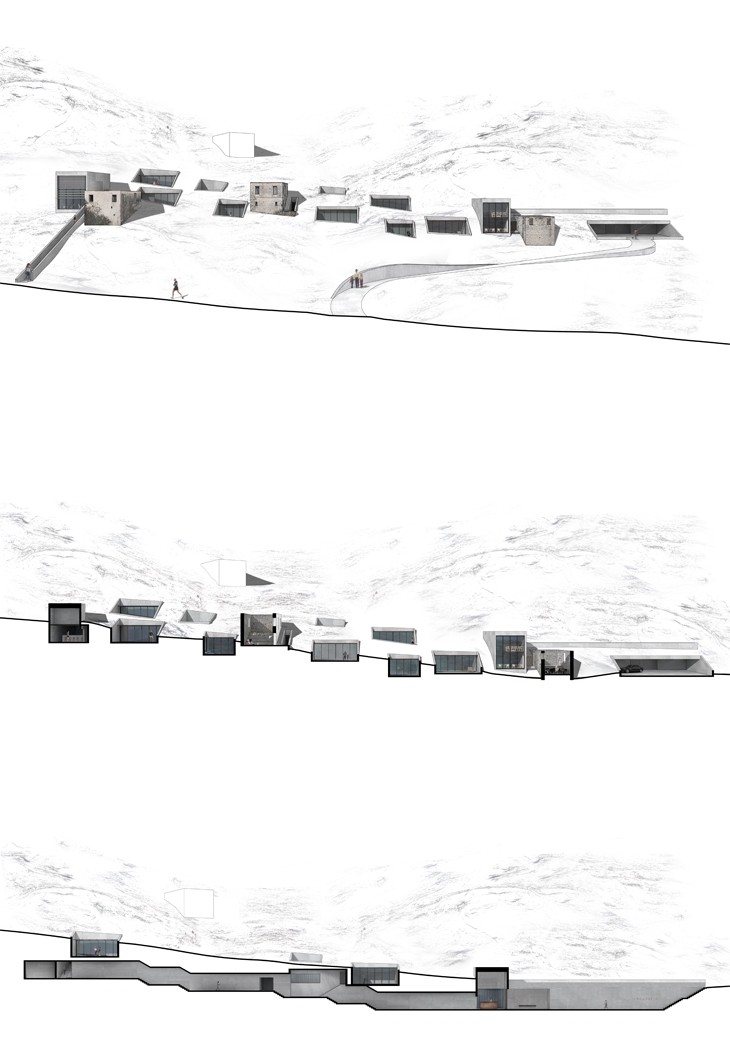 INHABITED TOURISM LANDSCAPE / NATASSA KALLOU
INHABITED TOURISM LANDSCAPE / NATASSA KALLOU 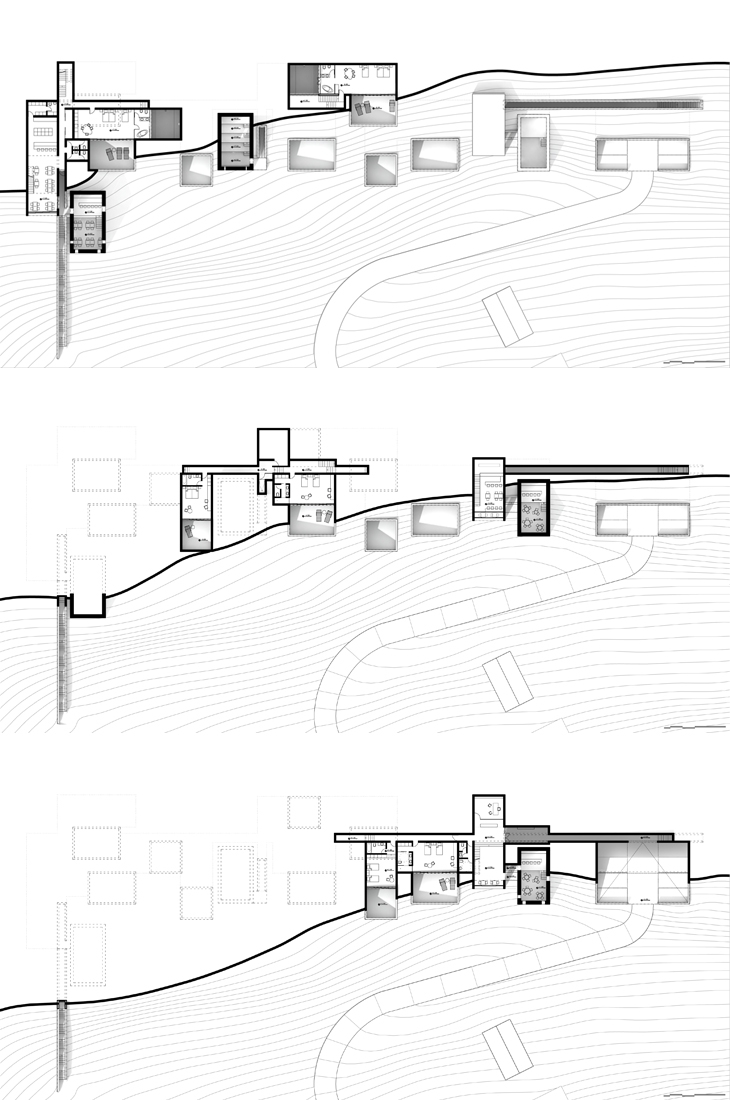 INHABITED TOURISM LANDSCAPE / NATASSA KALLOU
INHABITED TOURISM LANDSCAPE / NATASSA KALLOU 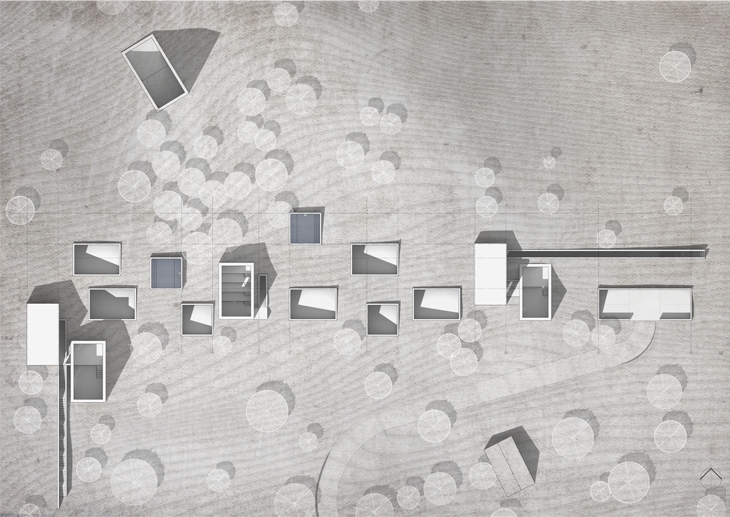 INHABITED TOURISM LANDSCAPE / NATASSA KALLOU
INHABITED TOURISM LANDSCAPE / NATASSA KALLOU 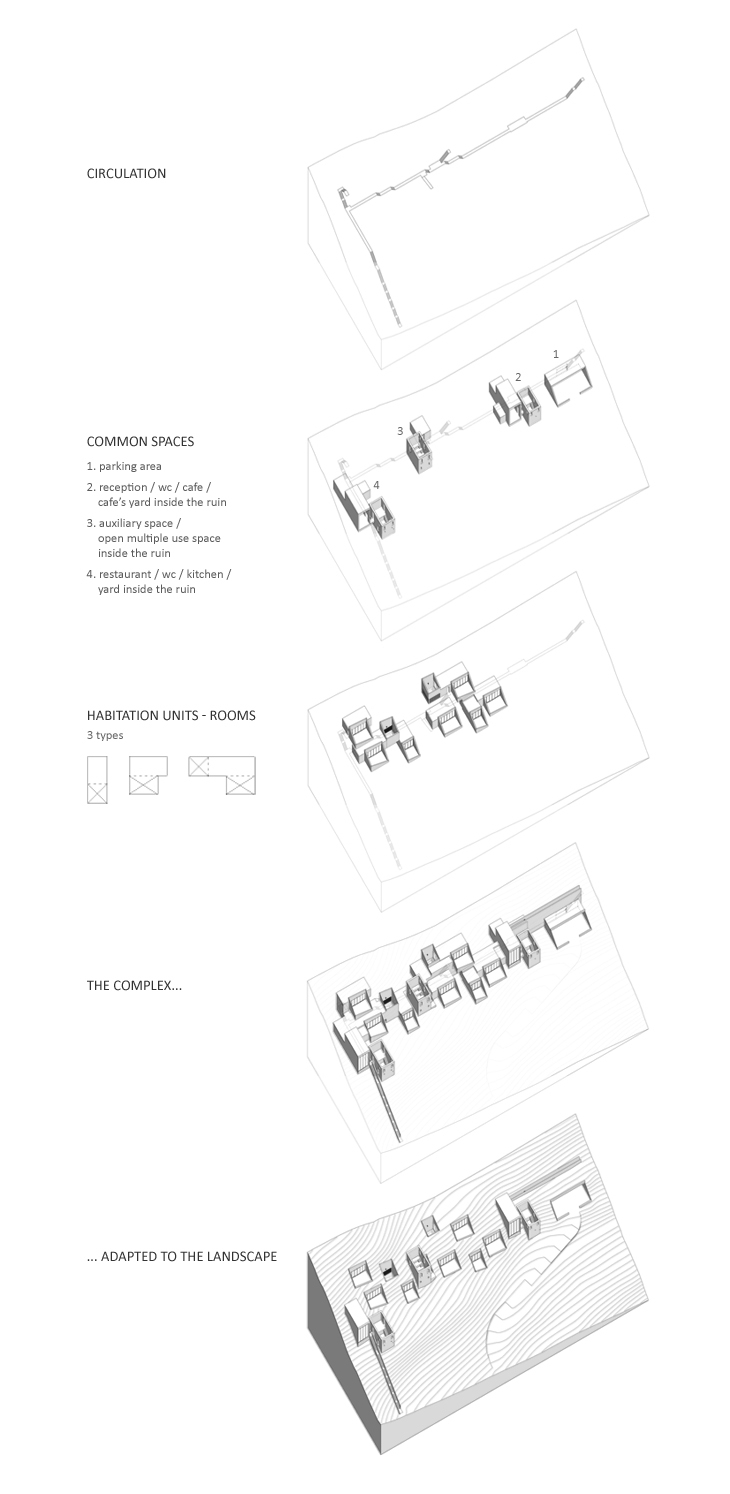 INHABITED TOURISM LANDSCAPE / NATASSA KALLOU
INHABITED TOURISM LANDSCAPE / NATASSA KALLOU 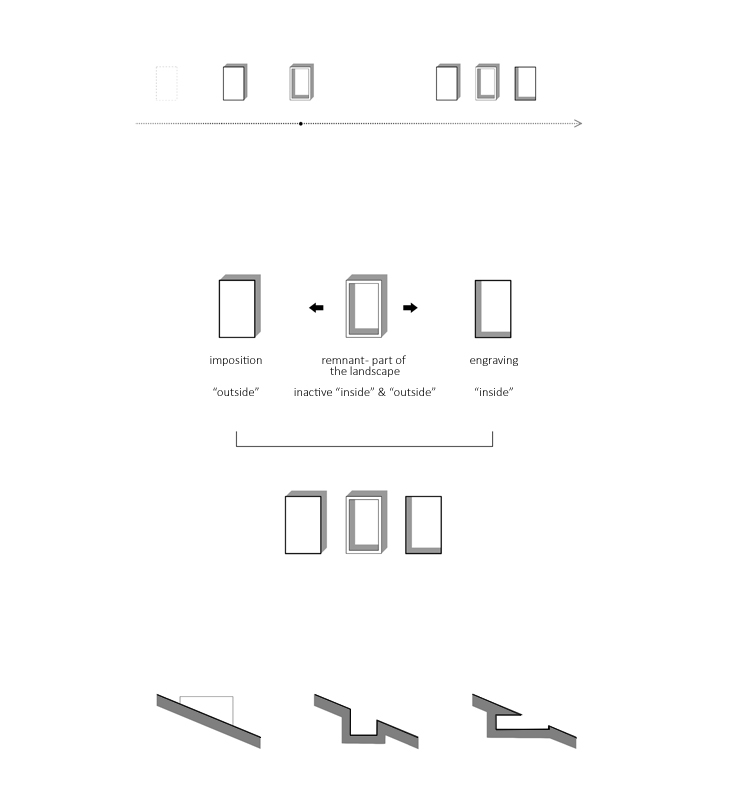 INHABITED TOURISM LANDSCAPE / NATASSA KALLOU
INHABITED TOURISM LANDSCAPE / NATASSA KALLOU 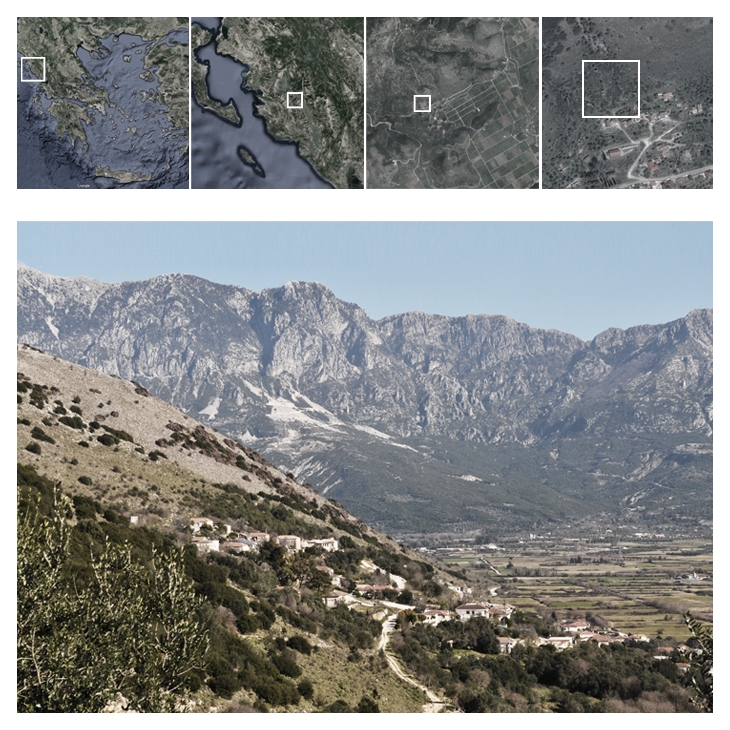 INHABITED TOURISM LANDSCAPE / NATASSA KALLOU
INHABITED TOURISM LANDSCAPE / NATASSA KALLOU READ ALSO: A PARTICIPATORY PLAYGROUND: A NETWORK OF PLAYSCAPES IN THE CITY OF LARISSA / DESIGN THESIS BY E. DIAMANTOULI & A. FOUSTERI